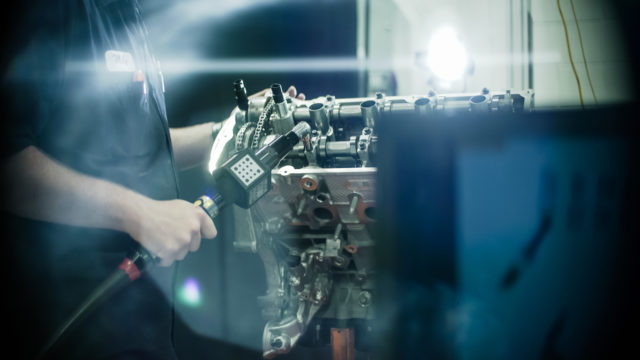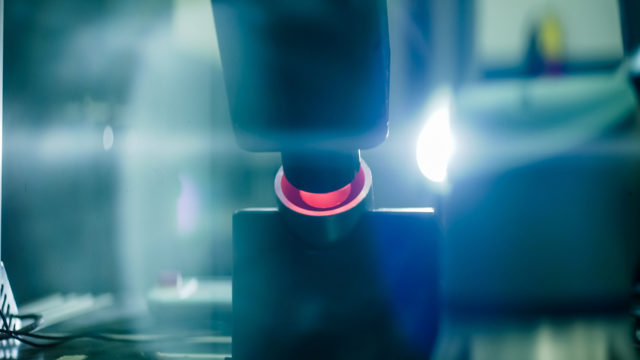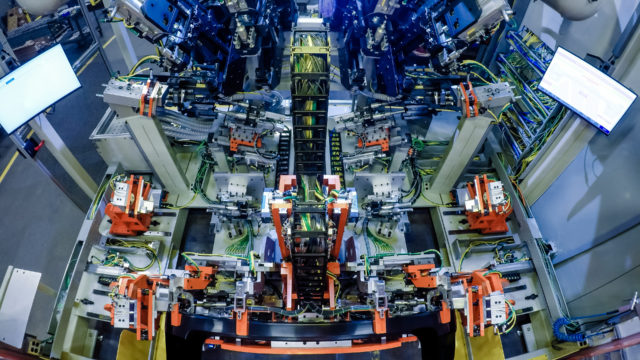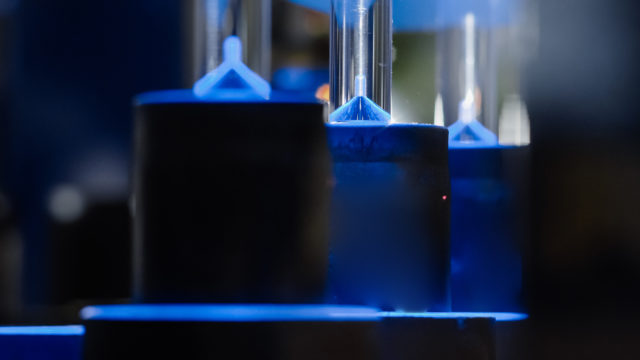-
Headquarters -
5215 Walker Rd, Windsor, ON, N9G 0C6
-
Year established -
2016
-
NAICS -
333248 - All other industrial machinery manufacturing
-
Major expansions -
-
-
Employees -
100
-
Exports -
United States
-
Download -
AIS Technologies Group
For AIS Technologies Group, understanding its customers’ challenges is a common starting point for innovation.
After hearing about problems performing end of line inspections for complex automotive components at a plant visit, an AIS Technologies sales engineer urged his colleagues to devise a novel solution. Their task was to build an AI-based vision system that would be compatible with mobile devices.
After two years, that new tool, the Multi-Format Vision System (MVS), is being rolled out. The MVS is a testament to AIS Technologies’ depth of expertise in Industry 4.0, strong teamwork, and its ability to address unique customer challenges. The company stands out from its competitors with a value proposition that combines traditional tooling capabilities with innovative Industry 4.0 technologies
If your job requires inspection of 200 bumpers a day, you get distracted at some point, which results in errors.
AIS Technologies Group was formed in 2016 by the merger of two Windsor-Essex organizations, Radix and the automation and fixtures division of Active Industrial Solutions. Located in Tecumseh, the company specializes in Industry 4.0 and vision inspection technologies, robotic assembly stations, and automated plastic injection molding systems. Fixtures and tooling still make up an important part of the business, but it is the Industry 4.0 expertise that has fuelled the company’s recent strong growth.
“If your job requires inspection of 200 bumpers a day, you get distracted at some point, which results in errors,” says Shawn Horton, the company’s director of marketing and business development. Bumpers are becoming more complex as cameras, sensors, and other devices are built into them. The MVS aims to make the increasingly difficult bumper inspection process much less prone to errors.
The MVS, which was developed over two years during the pandemic, allows an operator equipped with a mobile device to acquire images of a select area to be inspected. The image goes to a server, where it is analyzed by artificial intelligence (AI) based deep learning and traditional machine vision analysis software. The inspection result is then sent back to the operator’s device within a second. While the use of mobile devices in this process is a key innovation, the MVS can also use this same inspection software with images acquired by traditional fixed mount cameras.
The system, like other Industry 4.0 technologies, elevates the worker by making the job more interesting.
Human inspection falls in about an accuracy of 65 per cent and traditional machine vision can reach upwards of 85 per cent, says Horton. The MVS uses both AI and traditional machine vision to elevate the accuracy into the high 90 per cent range.
“The system, like other Industry 4.0 technologies, elevates the worker by making the job more interesting,” he says. ”There are health and safety benefits too, as the rate of straining and fatigue is lowered.” The AI-based system still requires human input. “The only people who can train the AI are people who know what is right and what is wrong already,” Horton says.
Many small and medium-sized enterprises may have the perception that systems like MVS would be beyond their reach. But Horton hints that this could change. “The cost has been coming down significantly over the years,” he says. “The break-even point used to be 200 inspections at a time, now that is down to 30.” The reason behind that is the declining cost of AI-based analysis software.
Rather than a traditional manufacturer, AIS Technologies resembles more of a technology company. Its facility is roughly split in half between a production area and a space where engineers, technologists, software developers and other highly skilled staff do their work. Across its two locations, the company employs more than 100 people.
AIS Technologies’ ability to bring a technology-driven product like MVS to market in a short period of time was not an accident. Before the merger that gave birth to AIS Technologies, Radix already had an entrepreneurial culture, expertise in vision systems, and innovative products in the pipeline.
“Software is the key to the system,” says Horton. The staff’s experience with developing communication blocks for programmable logic controllers, which ensure the system’s upstream and downstream integration with other automated systems, dramatically reduced the number of hours required for coding. Additionally, staff’s past experience in building databases was critical to the success of realizing the AI-based nature of the system.
There is a three month long steep learning curve but new hires come ready with knowledge of vision mechanics out of school.
As a technology-driven automation company, AIS Technologies benefits from the new skills taught to students at nearby educational institutions. The company works closely with St. Clair College and University of Windsor when it comes to finding new talent. “There is a three month long steep learning curve but new hires come ready with knowledge of vision mechanics out of school,” Horton says. New hires generally start at the entry level and progress within the company according to their interests and talents.
On the shop floor of AIS Technologies, several projects testing out the MVS clearly demonstrate the ever increasing complexity of automotive manufacturing. Fascias are now decorated with numerous sensors, cameras, and metres of wires. Another example is the hydrogen fuel cell plates that need to be stacked so precisely that a human eye would no longer be sufficient to detect deficiencies.
“Automotive is a great test bed for new ideas,” Horton says. He notes that in the 1990s, laying out a fixture on a table and using sensors to make visual inspections automatically was a common approach. Fast forward to the 2020s and snapping a picture with a phone is replacing that method. “The process has become simpler, more flexible, less costly, and manageable with minimal training.”
Horton says: “Adoption of new technologies has a natural progression through industries,” He explains that if adapting a new technology demands too many resources for an industry, it will be reluctant to adopt it. In general, developing a new technology and selling it to heavy equipment, marine and mechanical assembly industries first makes more sense. Once the adoption spreads, then it can be rolled out to other industries more easily.
Marketing efforts are important in broadening our markets and customer base.
While AIS Technologies primarily focuses on serving the automotive market, the company is expanding its customer portfolio to aerospace, agricultural, logistics and packaging, food and beverage, and pharmaceutical industries where traceability and versatility are paramount. The AI-based system opens new possibilities for different industries to use automated vision inspection because it makes more accurate assessments even when inspected elements have a certain degree of variance.
“Marketing efforts are important in broadening our markets and customer base,” Horton says. He explains that traditional automotive OEMs have always had a list of companies to send requests for quotes when they needed new tooling. “If you were on the list, you were good. That does not necessarily exist for Industry 4.0 technologies.”
The emergence of new OEM entrants like Tesla and Rivian also means that there is new competition among automation and tooling suppliers to become a part of those companies’ universe. Additionally, these new entrants are asking their Tier One suppliers to manage some of the work, so companies like AIS Technologies need to get themselves on such companies’ radars as well.
As a company with expertise in such novel production technologies as AI-based vision systems, AIS Technologies is well-positioned as automotive components become more complex.
For more information about AIS Technologies Group, visit their website.
Published: February 14, 2023
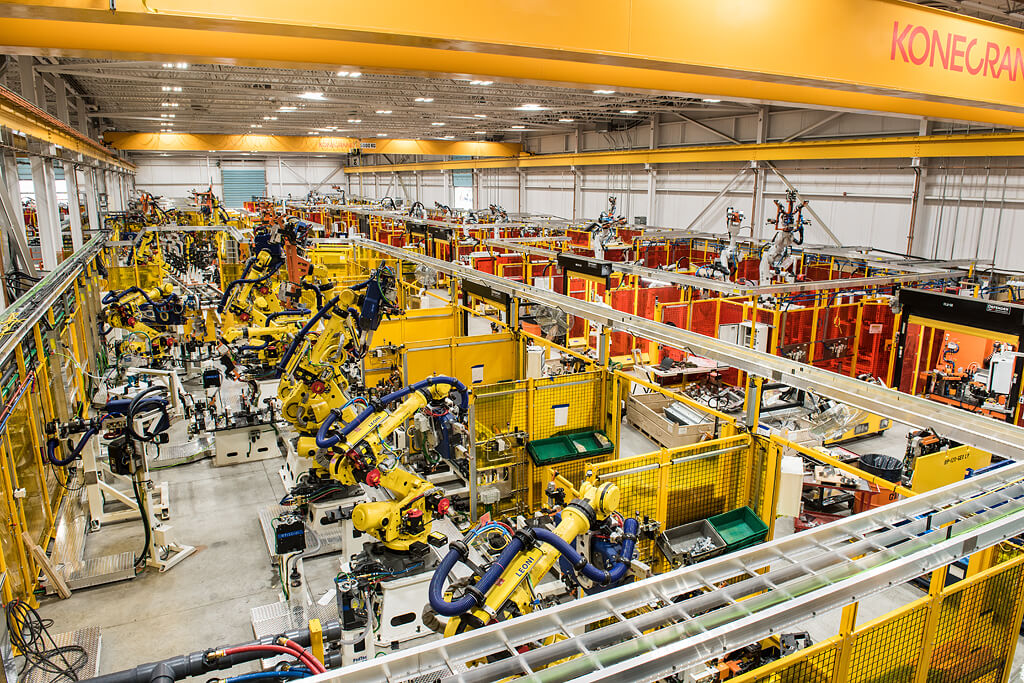
CenterLine
CenterLine is a manufacturer of custom automated welding and assembly lines, as well as resistance welding-related products. The firm is known worldwide as a leader in fastener welding technology, which is used in the production of automotive components.
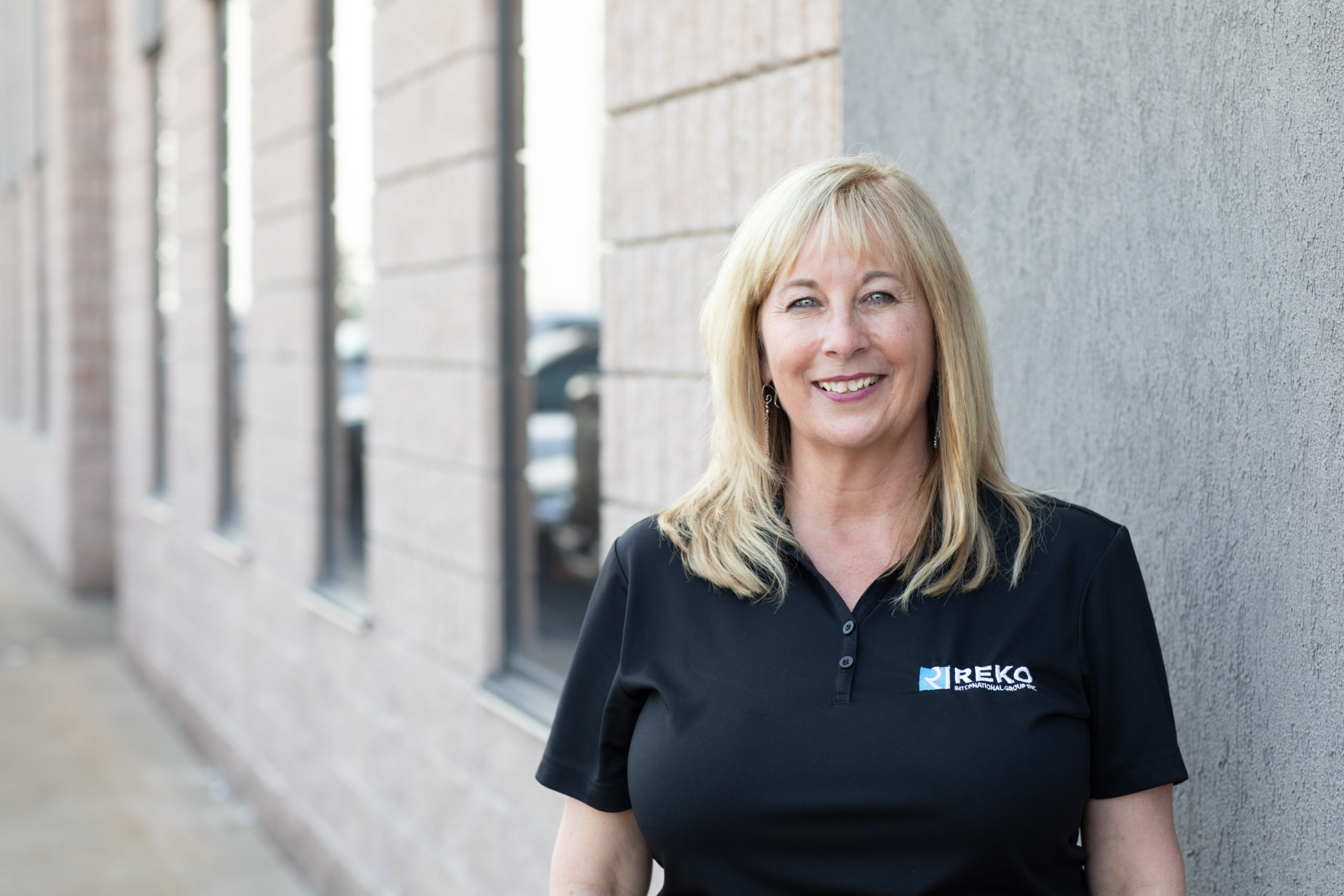
Reko International Group
On the shop floor of Reko International, two monumental machining centres stand silent witness to the company’s legacy, resilience, and innovation.
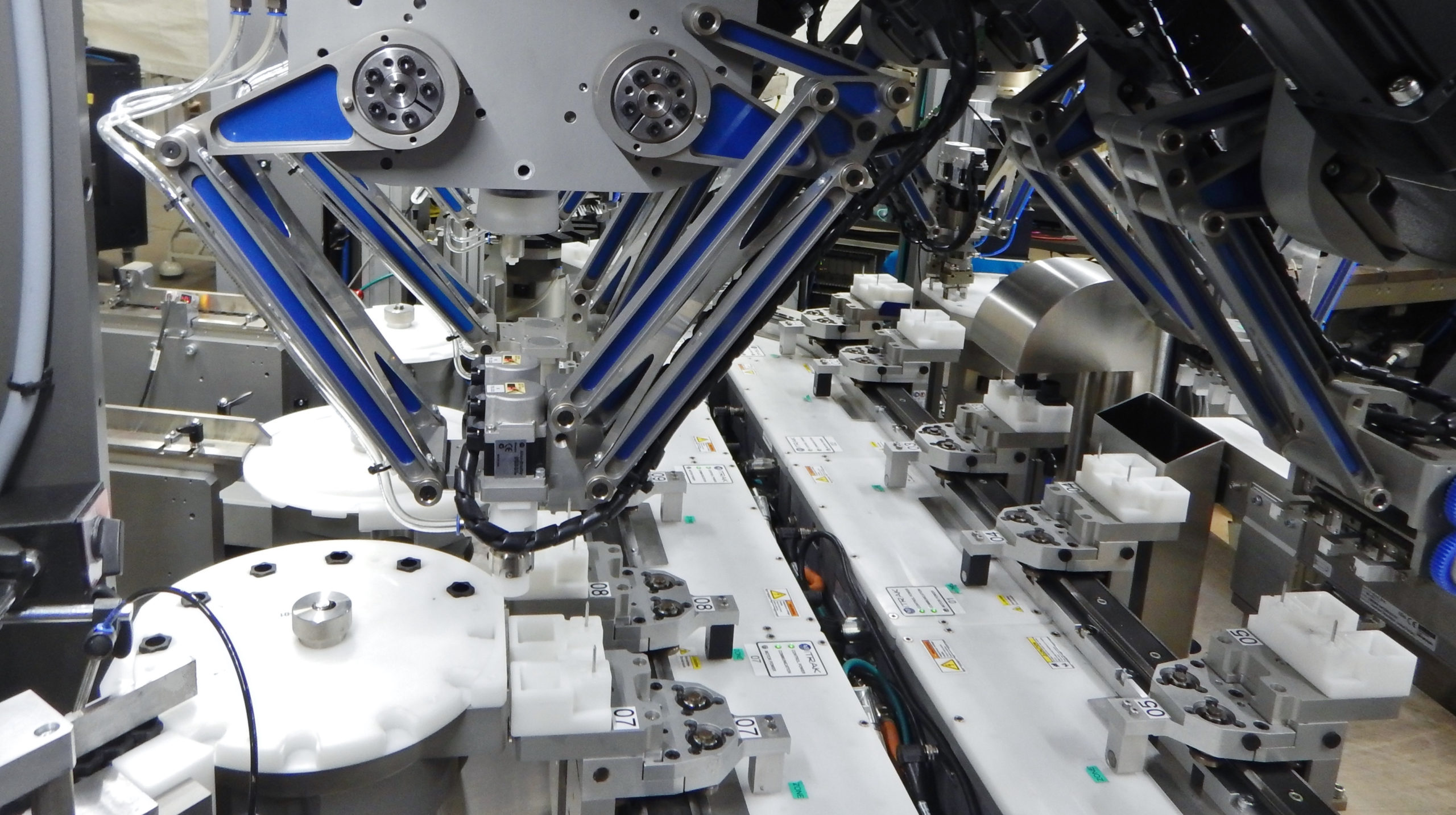
Transformix Engineering
Transformix Engineering is exclusively focused on CNCAssembly® technology in the specialized niche of "continuous motion", and have developed it into a general solution for small-part assembly.

